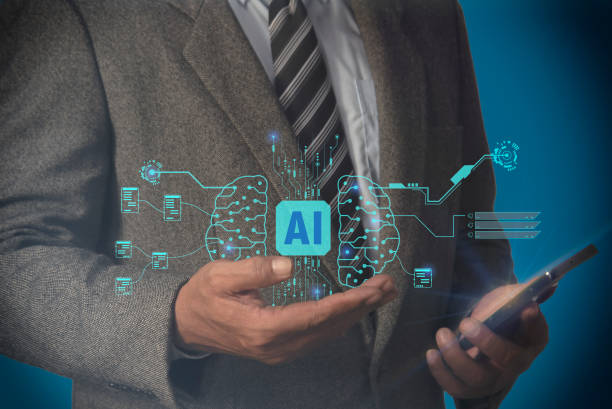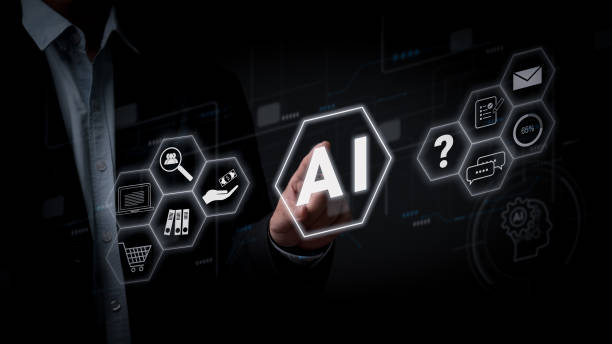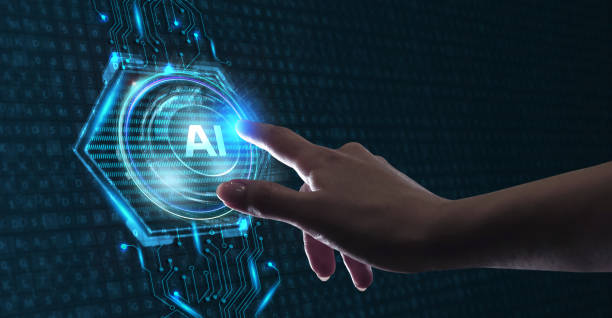Understanding the Concept of AI Robots and Their Applications
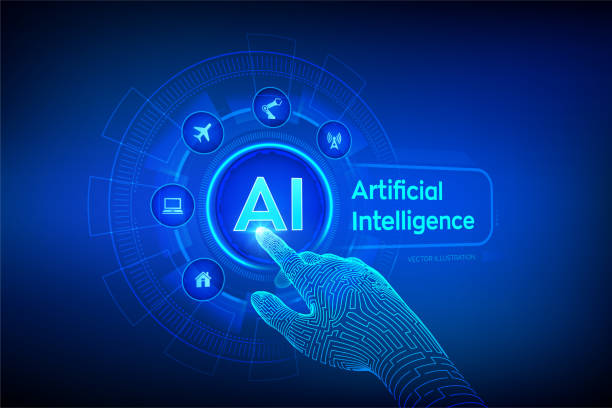
Artificial Intelligence (AI) is rapidly transforming various industries, and one of its most prominent manifestations is the **AI Robot**.
**AI Robots** are a combination of robotics and artificial intelligence, enabling machines to perform tasks that typically require human intelligence.
These robots are capable of analyzing data, identifying patterns, making decisions, and even learning and adapting to new conditions.
The applications of **AI Robots** are vast and include fields such as manufacturing, healthcare, customer service, agriculture, and education.
In the manufacturing industry, **AI Robots** can be used to automate production lines, control quality, and increase productivity.
In healthcare, these robots can assist doctors in diagnosing diseases, performing precise surgeries, and providing personalized care.
In customer service, **AI Robots** act as chatbots and virtual assistants, answering customer questions and resolving their issues.
In agriculture, **AI Robots** can be used for intelligent irrigation, harvesting crops, and monitoring plant health.
Finally, in education, **AI Robots** can act as private tutors and teaching assistants, helping students learn better.
More information about Artificial Intelligence
Given the increasing advancements in artificial intelligence and robotics, it is expected that **AI Robots** will play a more significant role in our lives and help solve complex challenges.
Did you know that a poorly designed online store can drive away up to 70% of your potential customers? Rasaweb transforms your sales by designing professional and user-friendly e-commerce websites.
✅ Significant increase in sales and revenue
✅ Complete optimization for search engines and mobile
⚡ [Get a free consultation from Rasaweb]
Main Components and Architecture of AI Robots
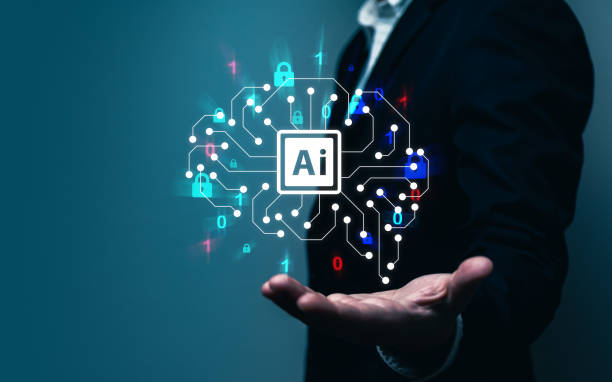
An **AI Robot** consists of several main components that work together to enable the performance of various tasks.
These components include sensors, processors, actuators, and AI software.
Sensors are responsible for collecting data from the surrounding environment and can include cameras, microphones, temperature and pressure sensors, and so on.
Processors are responsible for analyzing the collected data and making decisions, and they typically use powerful computers with central processing units (CPUs) and graphics processing units (GPUs).
Actuators are responsible for performing physical actions and can include motors, arms, and grippers.
The AI software is the mastermind of the **AI Robot** and is responsible for controlling and coordinating the various components.
The architecture of an **AI Robot** typically includes three main layers: the sensor layer, the processing layer, and the actuator layer.
The sensor layer collects input data from the environment and sends it to the processing layer.
The processing layer uses AI algorithms to analyze data and make decisions, and it sends the necessary instructions to the actuator layer.
The actuator layer executes the instructions and performs the necessary physical actions.
More information about robot components
This architecture is flexible and can be customized to suit the specific needs of each application.
For example, an **AI Robot** used for surgery needs very precise sensors and delicate actuators, while an **AI Robot** used for manufacturing needs powerful processors and strong actuators.
AI Algorithms Used in Robots
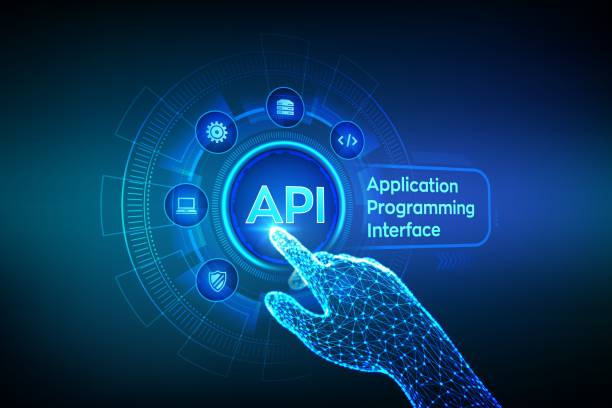
AI algorithms play a crucial role in the performance of **AI Robots**.
These algorithms allow robots to analyze data, identify patterns, make decisions, and learn.
Some of the most common AI algorithms used in robots include machine learning, deep learning, natural language processing, and computer vision.
Machine Learning allows **AI Robots** to learn from data without explicit programming.
Machine learning algorithms can help robots identify patterns in data, make predictions, and make decisions.
Deep Learning is a subset of machine learning that uses deep neural networks to learn from data.
Deep learning algorithms can help **AI Robots** perform more complex tasks such as facial recognition, speech recognition, and language translation.
Natural Language Processing enables **AI Robots** to understand human language and interact with humans in natural language.
Natural language processing algorithms can help robots answer human questions, execute commands, and extract information.
Computer Vision enables **AI Robots** to understand images and videos.
Computer vision algorithms can help robots recognize objects, understand scenes, and track movement.
These algorithms are constantly evolving, and with new advancements, **AI Robots** will be able to perform more complex and diverse tasks.
| Algorithm | Application | Advantages | Disadvantages |
|---|---|---|---|
| Machine Learning | Pattern Recognition, Prediction | Automated, Scalable | Requires Large Data |
| Deep Learning | Facial Recognition, Speech Recognition | High Accuracy, Complex Learning Capability | Requires Significant Computational Resources |
The Role of Sensors in Collecting Environmental Information by AI Robots
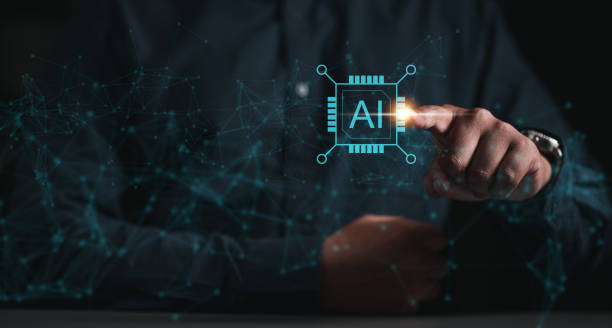
Sensors act as the eyes and ears of **AI Robots**, collecting necessary information from the surrounding environment.
This information is used by the **AI Robot** for analysis and decision-making.
There are different types of sensors, each designed to collect a specific type of information.
For example, cameras are used to collect images and videos and can be used for object recognition, facial recognition, motion tracking, and so on.
LiDAR uses lasers to measure the distance to objects and can be used to create three-dimensional maps of the environment.
Radar uses radio waves to detect objects and measure their distance and speed.
Temperature Sensors are used to measure temperature and can be used to control heating and cooling systems.
Pressure Sensors are used to measure pressure and can be used to control hydraulic and pneumatic systems.
Types of Robot Sensors
Choosing the right type of sensor for each application is very important and should be done according to the type of information needed and the environmental conditions.
For example, an **AI Robot** that works in dark environments needs night vision cameras, while an **AI Robot** that works in dusty environments needs dust-resistant sensors.
Did you know that 94% of users’ first impression of a business is related to its website design? With professional corporate website design by **Rasaweb**, turn this initial impression into an opportunity for growth.
✅ Attract more customers and increase sales
✅ Create credibility and trust in the eyes of the audience⚡ Get a free website design consultation!
Challenges and Limitations of AI Robots

Despite significant advances in the field of **AI Robots**, there are still many challenges and limitations that need to be addressed.
One of the most important challenges is the high cost of developing and implementing **AI Robots**.
Designing, building, and programming these robots requires expertise and expensive equipment.
Another challenge is the limitations of AI algorithms.
AI algorithms are still weak in understanding and solving complex human problems and cannot completely replace humans.
There are also concerns about the security and privacy of **AI Robots**.
Hacking **AI Robots** and misusing the data collected by them can have serious consequences.
Ethics in Artificial Intelligence
In addition, ethical issues related to the use of **AI Robots** in important decision-making, such as medical and legal decisions, must also be considered.
Appropriate legal and ethical frameworks need to be developed for the use of **AI Robots** to prevent their misuse.
The Future of AI Robots and Their Impact on Various Industries
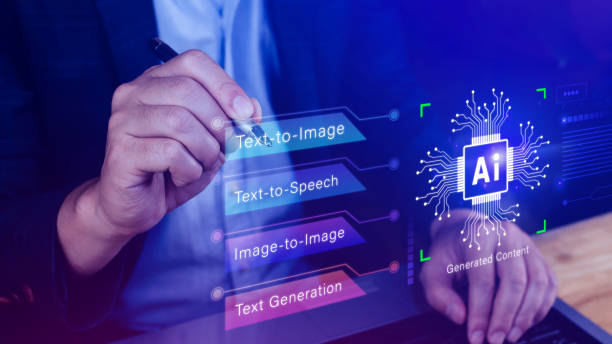
The future of **AI Robots** is very bright and promising.
With the increasing advancements in artificial intelligence and robotics, it is expected that **AI Robots** will play a more significant role in our lives and help solve complex challenges.
In the manufacturing industry, **AI Robots** can fully automate production lines and significantly increase productivity.
In healthcare, these robots can assist doctors in diagnosing diseases, performing precise surgeries, and providing personalized care.
In customer service, **AI Robots** can act as virtual assistants, answering customer questions and resolving their issues.
In agriculture, **AI Robots** can be used for intelligent irrigation, harvesting crops, and monitoring plant health.
Finally, in education, **AI Robots** can act as private tutors and teaching assistants, helping students learn better.
The Future of Robots
Overall, it is expected that **AI Robots** will be present in all industries and aspects of our lives in the near future and will help improve the quality of life and increase prosperity.
Applications of AI Robots in Medicine and Treatment

**AI Robots** are creating significant transformations in the field of medicine and treatment.
These robots can play an effective role in various fields such as surgery, disease diagnosis, rehabilitation, and patient care.
In the field of surgery, **AI Robots** can perform precise and minimally invasive surgeries.
Using high-resolution cameras and delicate surgical tools, these robots can help surgeons perform complex surgeries with greater accuracy and reduce the risk of side effects.
In the field of disease diagnosis, **AI Robots** can analyze medical images and identify abnormal patterns.
These robots can help doctors diagnose diseases early and increase the chance of successful treatment.
In the field of rehabilitation, **AI Robots** can help patients regain their motor skills.
By providing personalized exercises and immediate feedback, these robots can help patients recover faster and more effectively.
In the field of patient care, **AI Robots** can act as nursing assistants and help patients perform daily activities.
These robots can remind patients to take their medications, measure their body temperature, and notify nurses if necessary.
Medical Robots
| Area of Application | Description | Advantages |
|---|---|---|
| Surgery | Performing precise and minimally invasive surgeries | High Accuracy, Reduced Risk of Complications |
| Disease Diagnosis | Analyzing medical images and identifying abnormal patterns | Early Diagnosis, Increased Chance of Successful Treatment |
| Rehabilitation | Providing personalized exercises and immediate feedback | Faster and More Effective Recovery |
Use of AI Robots in Industry and Manufacturing
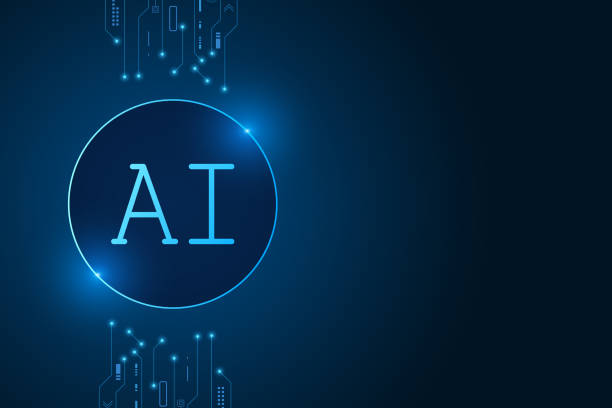
**AI Robots** are widely used in industry and manufacturing and play an important role in increasing productivity, reducing costs, and improving quality.
These robots can play an effective role in various fields such as automation of production lines, quality control, warehousing, and logistics.
In the field of automation of production lines, **AI Robots** can automatically perform repetitive and dangerous tasks.
Using sensors and AI algorithms, these robots can identify parts, assemble them, and package finished products.
In the field of quality control, **AI Robots** can inspect products and identify defects.
Using high-resolution cameras and computer vision algorithms, these robots can detect abnormal patterns and remove defective products from the production line.
In the field of warehousing and logistics, **AI Robots** can move goods, manage warehouses, and ship orders.
Using sensors and routing algorithms, these robots can automatically find goods and transport them to the desired destination.
Industrial Robots
By using **AI Robots**, companies can increase their productivity, reduce production costs, and improve the quality of their products.
Are you worried that your company’s old website is driving away new customers? Rasaweb solves this problem with modern and efficient corporate website design.
✅ Increases your brand credibility.
✅ Helps attract targeted customers.
⚡ Contact Rasaweb for a free consultation!
Ethical Issues Surrounding the Use of AI Robots

The use of **AI Robots** raises important ethical issues that must be considered.
One of the most important issues is accountability.
If an **AI Robot** makes a mistake and causes damage, who will be responsible? The robot’s manufacturer, the robot’s user, or the robot itself?
Another issue is privacy.
**AI Robots** can collect a lot of information about us, such as our shopping habits, interests, and even our health status.
How can we protect this information and prevent it from being misused? The third issue is discrimination.
AI algorithms can be trained based on historical data, and this data may contain unconscious biases.
How can we prevent these biases and ensure that **AI Robots** treat everyone fairly? The fourth issue is employment.
With the expansion of the use of **AI Robots**, many jobs may be lost.
How can we help people who have lost their jobs and prevent the creation of social inequalities?
Ethics in Artificial Intelligence
These ethical issues must be seriously discussed and appropriate legal and ethical frameworks must be developed for the use of **AI Robots** to prevent their misuse.
Key Points in Designing and Developing AI Robots

Designing and developing **AI Robots** requires attention to several key points.
The first point is to accurately define the project’s goals and requirements.
Before starting the design and development, it must be clearly specified what tasks the **AI Robot** must perform and what limitations it has.
The second point is the appropriate selection of hardware and software.
Hardware and software must be selected according to the project’s goals and requirements and must be compatible with each other.
The third point is designing a suitable user interface.
The user interface must be simple, efficient, and understandable so that users can easily interact with the **AI Robot**.
The fourth point is continuous testing and evaluation.
The **AI Robot** must be continuously tested and evaluated to ensure that it is working correctly and meets the project’s goals.
Robot Design
By following these key points, an **AI Robot** can be designed and developed that is efficient, reliable, and safe.
Frequently Asked Questions
| Question | Answer |
|---|---|
| What is an AI robot? | A robot that uses artificial intelligence capabilities to understand the environment, reason, learn, and make decisions to perform complex tasks independently. |
| What is the main difference between a regular robot and an AI robot? | AI robots can learn and adapt to their environment, while regular robots usually operate based on fixed and predetermined programming. |
| In what areas are AI robots used? | In areas such as industry (production lines), medicine (robotic surgeries), services (customer support, smart vacuum cleaners), exploration (space and underwater), and entertainment. |
| How do AI robots learn? | They acquire new skills through machine learning and deep learning algorithms, by analyzing big data and identifying patterns. |
| Can AI robots have emotions? | Currently, no. They can identify or simulate emotions, but they do not have the real experience of emotions like humans. |
| What are the most important advantages of using AI robots? | Increasing productivity, reducing human error, performing dangerous or repetitive tasks, and providing innovative and efficient services. |
| What challenges exist in developing AI robots? | The need for abundant and high-quality data, the complexity of algorithms, ethical issues, cybersecurity, and the high cost of research and development. |
| Are AI robots dangerous to humans? | By following the principles of safe design and ethical regulations, no. Concerns are more related to social and economic impacts such as changes in the labor market. |
| What is an example of an AI robot in everyday life? | Smart vacuum cleaner robots (such as Roomba) that automatically map and clean the house, or smart voice assistants (such as Siri and Alexa). |
| How is the future of AI robots predicted? | They are expected to become smarter, more autonomous, and able to interact more complexly with humans, and play a more prominent role in industry, medicine, transportation, and everyday life. |
And other services of Rasa Web advertising agency in the field of advertising
Smart Customer Journey Map: An exclusive service for increasing sales growth based on accurate audience targeting.
Smart Marketplace: A combination of creativity and technology for user interaction by optimizing key pages.
Smart Customer Journey Map: An innovative service for increasing digital branding through intelligent data analysis.
Smart Website Development: An exclusive service for growing digital branding based on the use of real data.
Smart Customer Journey Map: Transform campaign management with the help of intelligent data analysis.
And more than hundreds of other services in the field of internet advertising, advertising consulting and organizational solutions
Internet Advertising | Advertising Strategy | Advertisement Reporting
Resources
Talking to an AI Robot
,Types of Smart Robots
,What is Artificial Intelligence and What are its Applications?
,What is a Robot and What are its Applications?
? Are you ready to boost your business in the digital world? Rasaweb Afarin, a leading digital marketing agency, with expertise in SEO, Google Ads and fast website design, paves the way for your online success.
📍 Tehran, Mirdamad Street, next to the Central Bank, Kazerun Jonoubi Alley, Ramin Alley No. 6
“`

